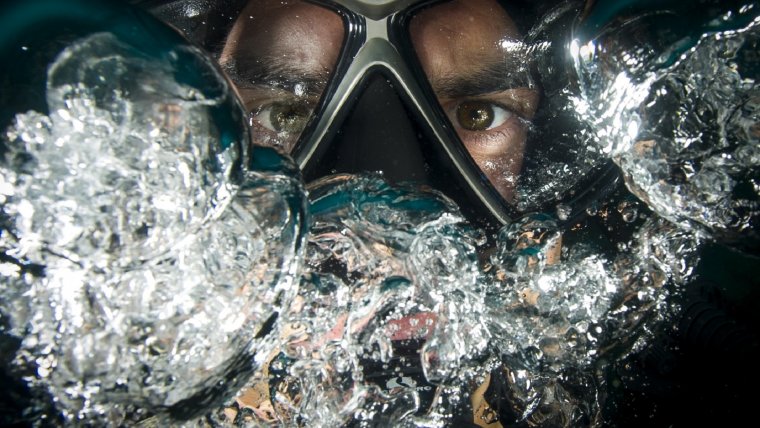
Having the right underwater equipment and a good research of your shot composition is not enough to dive into the blue deep and take your master snap. It is certainly a big mistake not to consider how to do it safely. Being an underwater photographer brings the extra task to get concerned about safety at all times. The increase in responsibilities escalates the risk of error. Shifting attention from image composition to strobe positioning may trigger overlooking a critical safety issue that inevitably leads to incidents. Being a good diver is the first big step you want to take in this challenge. The following are a few guiding lines to make it perfect, but make safety your major priority.
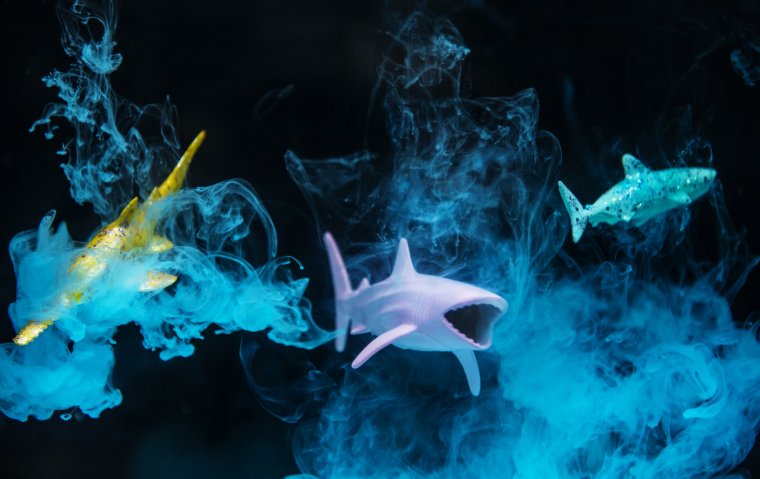
Table of Contents
Get familiarized with every piece of equipment you are about to use. Practice the use of it while on land. This controlled environment will expand your knowledge, as well as your skills which will be easily useful underwater. You may even learn some new techniques. If you have a model he or she should practice on the topside as well. All the movements and the very scene you like to be created underwater it would be easily done if you tried it on land first. Most of the professional underwater photographers don’t usually work alone. They take all the help they can get. Your helping friends should be completely familiarized with your work or what you are trying to achieve. Synchronize to make things smoother. Plan your dive together and always be able to rely on each other. A good idea would be to always have monitored your air consumption and surroundings. Think of communicating signals with a non-photographer friend who can control the gas supply.
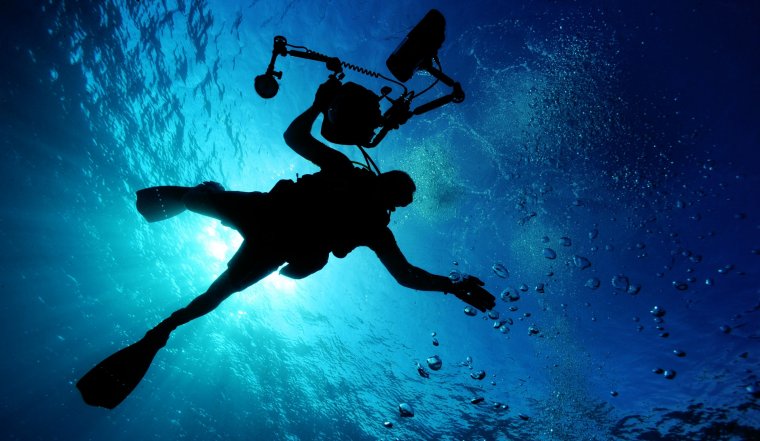
The essential technique for any diver is the skill to become neutrally buoyant and to have good trim. If underwater is your next challenge taking a few diving lessons is the best way to start. Perfecting the techniques of buoyancy and maintaining a good trim will bring many benefits to you and what you are trying to do. Only by achieving the two, you can experience less fatigue, reduce your gas consumption, and enjoy a better control in the water. Consequently, this would lead to fewer errors while doing your task. While trying to get the powerful shot many underwater photographers –unintentionally or not- make the same mistake: hold their breath to get their perfect shot. This major hazard can cause a pulmonary trauma or other serious complications. Master diving techniques and you can safely deliver better photos without disturbing the environment.
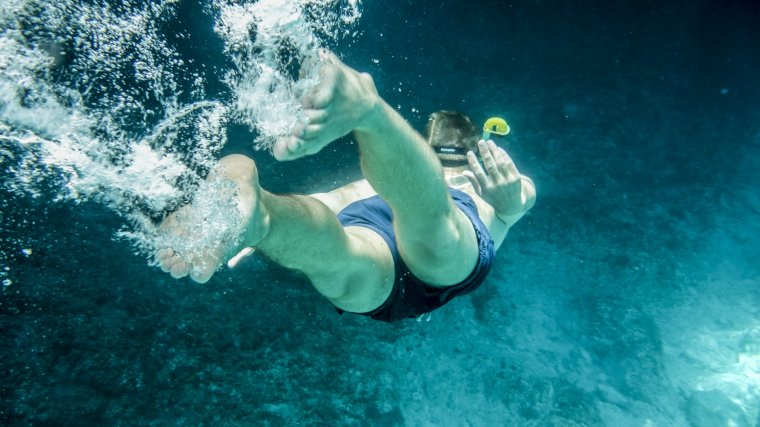
Before heading in the water you must do a lot of research. Research your diving site first with all its rarities and common characteristics. Read about it a lot, or ask a professional experienced diver. Read about the marine life you may encounter there and of course their behavior. You are planning a close encounter; therefore not to disturb the underwater life plays a big part in your own safety. Knowing what to expect can certainly teach you how to react in every situation. Plan ahead, do not scare them off and keep your own safety FIRST.
Do not forget the right clothing for the underwater quest. Dress for the job. Your underwater clothing mostly depends on where you do it, what time of the year you dive and certainly how deep you want to go. If you are snorkelling in tropical waters wear a T-shirt to protect against sunburn. When diving you must wear a full suit to protect against abrasion. In cold waters do not take the risk of hypothermia for just another shot. Wear a suitable thermal protection.
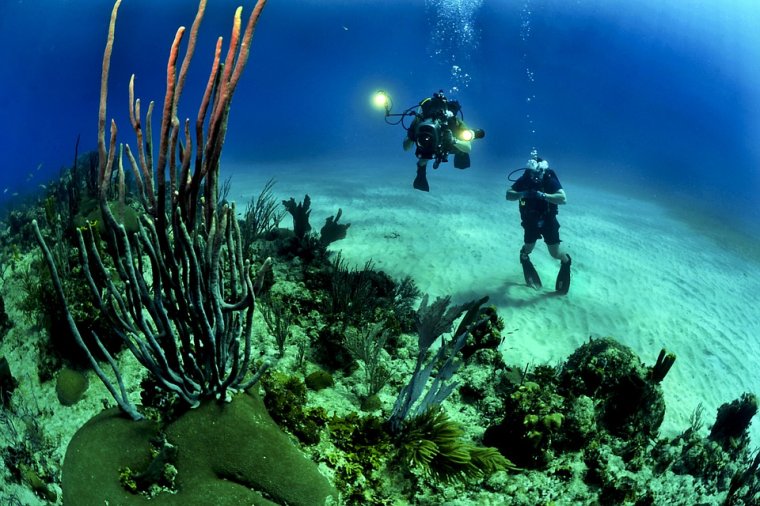
The key to success is always PRACTICE. The way to progress in your shooting is filled with trying, failing, adjusting and trying again. Photographing is definitely harder underwater because of the power of this natural element. The unique shots must be earned. You face constantly changing conditions. Being attentive is crucial because what seems minor can soon become a major incident. Know your tool, the environment, but also know the limitations that water poses. Handling a complex camera rig, looking for the perfect shot, and trying to keep track of where you are can make it easy to forget the basics. Remember that your safety comes first and remind yourself to check your air more frequently than normal, even if it means losing the fish you have been chasing. Underwater photography is deceptively demanding. The process of framing and lighting an image takes focus and control and can take your attention away from the logistics of a dive. Never overwhelm yourself by trying to do too much, too quickly. Safety is more important than any picture you could take. Happy diving!
Comments (0)
There are no comments yet.